Architecture Books
This is my carefully curated list of architecture books I use as a reference in my work, studying for my exams, and as pleasure reads. I hope you find them as useful as I do!
Disclaimer: Some of the links below are affiliate links. Please understand that I have experience with all of the products I recommend, and I recommend them because they are helpful and useful, not because of the small commissions I make if you decide to buy something. Please do not spend any money on these products unless you feel you need them or that they will help you achieve your goals.
I often update this page so you may want to bookmark it!
Updated 04/03/2024
ARE Study References
Studying for your Architect Registration Exams? Here are NCARB’s recommended resources for each one. Just click on the exam below to see those resources.
ARE 5.0 Project Management Resources
ARE 5.0 Practice Management Resources
ARE 5.0 Programming & Analysis Resources
ARE 5.0 Project Planning & Design Resources
ARE 5.0 Project Development & Documentation Resources
ARE 5.0 Construction & Evaluation Resources
Want to study along with me? Join me LIVE on YouTube every evening!
Follow along with me as I use the Hyperfine ARE Courses*
Pleasure Reads
These are some of the books that I’ve read to expand my knowledge about architecture and the world around me. They’re great for getting inspiration and opening up my mind to consider different possibilities! These books have had a huge impact on how I think as a designer, I hope you enjoy them as much as I do!
P.S. Before purchasing any of these books be sure to check out your local or university library first!
Opportunistic architecture
A beautifully crafted representation of LTL Architects’ thought process, design considerations, and multimedia graphics across a variety of their projects.
Why Buildings Stand Up
Explains the theory behind structural marvels such as the Eiffel Tower, Pyramids, and skyscrapers as well as many others.
Why Buildings Fall Down
This book thoroughly details and discusses the variety of factors that can contribute to structural failures in the form of both sketches and words.
The Architecture of Happiness
An introspection into the philosophy and psychology of the impact of architecture and design on our overall well being.
Reference Books
These are books that I always have at my desk when I’m working. I reference these books constantly and since they’re used so frequently I would suggest having your own copy rather than borrowing them so you always have them when you need them and can make notes and bookmarks wherever you want.
The Architect’s Studio Companion
A summary of building guidelines to help facilitate the design process. Has helpful diagrams for designing mechanical systems, structural systems, and determining life safety requirements.
Modern Carpentry
This is a book on how to build buildings. It has information on construction methods and techniques, types of structural materials and member sizes, as well as MEP info and so much more.
Architect’s Portable Handbook
Rules of thumb for early design considerations for everything from HVAC systems, to structure, land planning, etc. Has helpful checklists, charts, diagrams, and designated areas for notes.
Architectural Graphics
A great book for first years that explains perspective drawing, use of lineweights, scale, dimensioning, etc. It explains complex architectural concepts in simple, digestible ways.
Building Construction Illustrated
Clear, concise drawings that explain various building systems, provides explanation of site analyses, thermal considerations, etc.
Building Codes Illustrated
A complimentary guide to understanding the International Building Code (see below). As with all Ching books, provides intuitive diagrams that explain how to interpret building codes.
Architectural Graphic Standards
This book is published by the American Institute of Architects (AIA) and shows how to visually represent materials, products, assemblies, etc. as well as rules of thumb for clearances, room layouts, and so much more. This is a great resource for studying for the ARE’s.
International Building Code
The IBC provides prescriptive and performance based minimum requirements for life safety, fire prevention, etc. in buildings. This model building code has been adopted by the majority of US jurisdictions as well other countries outside of the US.
ICC A117.1-2009
This is a free resource provides guidelines/requirements (not code) that are subject to the law for incorporating accessibility in and around buildings. This is the official document for accessibility requirements in accordance with the Americans with Disabilities Act (ADA).
Steel Construction Manual
This is a great resource for learning about the materiality of steel, calculations, span tables, etc. to help you in your structures classes.
Form and Forces
This is my most-referenced structures book. It breaks down complex structural concepts and explains them in understandable ways.
Structures
Structures is another great resources for understanding general structural concepts with helpful diagrams and charts




















